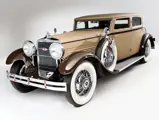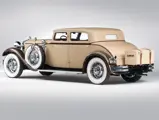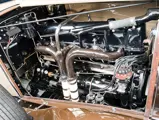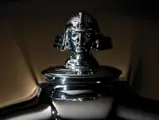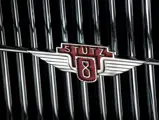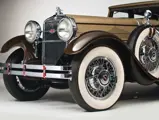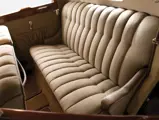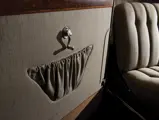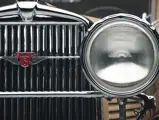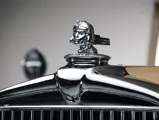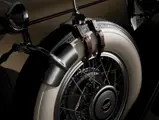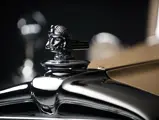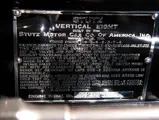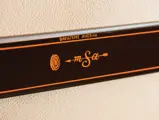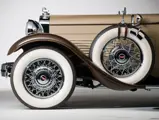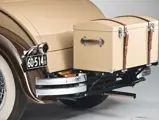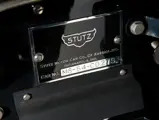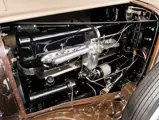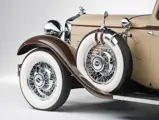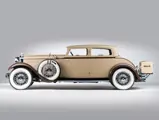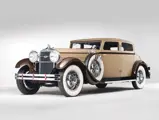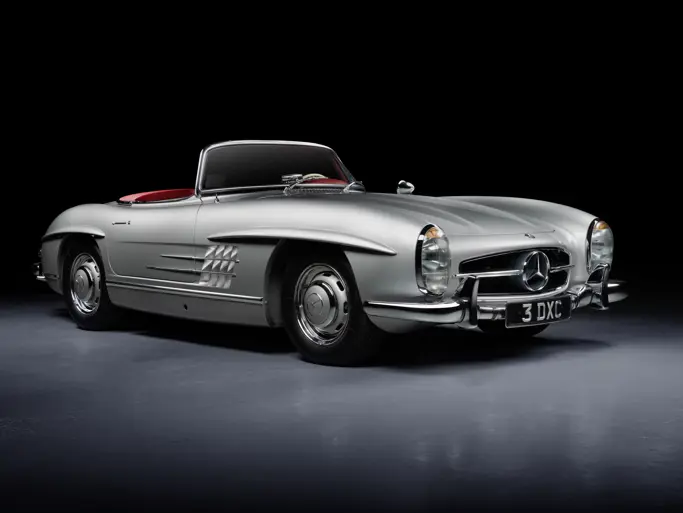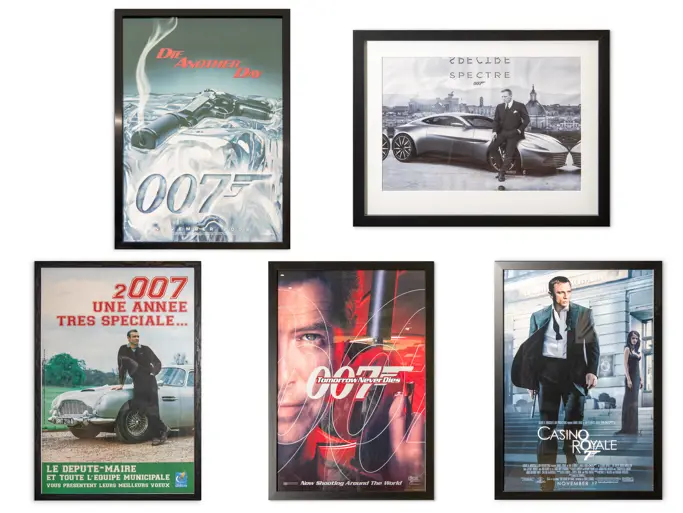Amelia Island 2016
1930 Stutz SV-16 Monte Carlo by Weymann
{{lr.item.text}}
$550,000 USD | Sold
 | Amelia Island, Florida
| Amelia Island, Florida
{{internetCurrentBid}}
{{internetTimeLeft}}

- One of the most beautiful sedans of the Classic Era
- CCCA Warshawsky Award and Best in Class at Pebble Beach and Amelia Island
- Formerly of the A.K. Miller collection
- Full concours restoration by RM Auto Restoration
- One of only three examples with this stunning coachwork
113 bhp, 322 cu. in. SOHC inline eight-cylinder engine, three-speed manual transmission, solid-axle front and rear suspension with semi-elliptic leaf springs, and vacuum-assisted four-wheel hydraulic brakes. Wheelbase: 145 in.
If one ventured onto a racing circuit in the late 1920s, especially in Europe, there was not a lot of shiny paint to be seen. Fabric bodies, developed by Frenchman Charles Weymann, were all the rage. Replacing clunky, cranky metal panels with sheets of padded fabric, usually Zapon imitation leather, over cotton-padded wood created an automobile with a unique matte finish that was slightly soft to the touch. Weymann patent bodywork was durable and quiet. More importantly, it was lightweight, which meant that cars equipped with it were rapid indeed.
Stutzes were popular in Europe, and the American automaker realized the value that European styling flair would add to its products on both sides of the Atlantic. As a result, the Weymann American Body Company, a Stutz neighbor in Indianapolis, began to produce the so-called “Chateau line” of closed fabric bodies for Stutz chassis, carrying distinctive model names inspired by the ritziest Riviera locales. Stutz described the Chateau line bodies as “a strictly European offering—contours formerly associated only with Bentley, British Rolls-Royce, and Hispano—and interiors that carry no strangeness to the inner circle of continental nobility and society.” Another advertisement memorably described the squeak-proof coachwork as “guiltless of rattle.”
Foremost among them was the Monte Carlo, which was beautiful and popular enough that it remained on offer until the end of Stutz automobile production in 1934. As graceful and sporty as a Stutz sedan ever got, the Monte Carlo boasted an extremely low roofline and windows, an angled windshield overseen by the slight lip of a built-in visor, and a hood extended through the beltline, giving it the appearance of incredible length and lowness. A built-in trunk was considered incredibly innovative for the early 1930s.
The automobile of the middle-aged gent or lady—who two decades earlier had torn his or her way between college and country house behind the wheel of a Bearcat and now wanted a family car that packed exactly the same charisma—that automobile was the Monte Carlo.
Naturally, the Monte Carlo was among the most expensive Stutz styles available, the factory listing it in 1930 at $4,495. It is believed that only three examples were produced that year on the SV16 chassis, with its overhead-camshaft inline eight-cylinder engine and dual ignition. Luckily for the modern enthusiast, all three have been preserved and remain in existence for all to admire.
MR. MILLER’S STUTZ
The example offered here is one of many Stutzes that owe their existence to the unusual form of preservation practiced by the late Alexander K. Miller at his farm in Vermont. The inherently wealthy Miller has long been defined by his reputation as a Stutz-obsessed recluse and eccentric, who by the time of his 1993 passing had amassed dozens of Indianapolis’s finest in barns on his property. Importantly, this Monte Carlo was one of very few Stutzes ever pried away from Miller during his lifetime, acquired by Sherwood Kahlenberg in 1974.
In 2000, the car was acquired by a prominent Midwestern Stutz enthusiast, for whom RM Auto Restoration endeavored to restore it to as near its original appearance as possible; the fabric body was paneled and the interior restored by noted California-based upholsterer Ken Nemanic. The result of this painstaking work was a sweep of concours honors across the United States, including Best in Class at the Pebble Beach Concours d’Elegance in 2002; the Warshawsky Award, as the highest-point car judged at the Annual Meeting of the Classic Car Club of America, in 2003; Best of Show–Domestic at the Glenmoor Gathering in 2004; and the Most Elegant Closed Car here at Amelia Island in 2005.
The current owner has subjected the car to exhaustive freshening by RM Auto Restoration, including extensive detailing and small improvements and corrections from top to bottom, as well as full new carpeting throughout. New tires have also been installed. With a decade having passed since its original restoration, the car was now good as new and proceeded to be once again a conqueror at national shows, winning Best in Class again at Pebble Beach and Amelia Island in 2015.
In modern concours history, few Stutzes have been as tremendously successful as this splendid example, which can truly be counted among the best and most award-winning extant. It is a truly significant CCCA Classic that would become a point of pride in any new owner’s collection, just as it has been for its previous loving caretakers.

